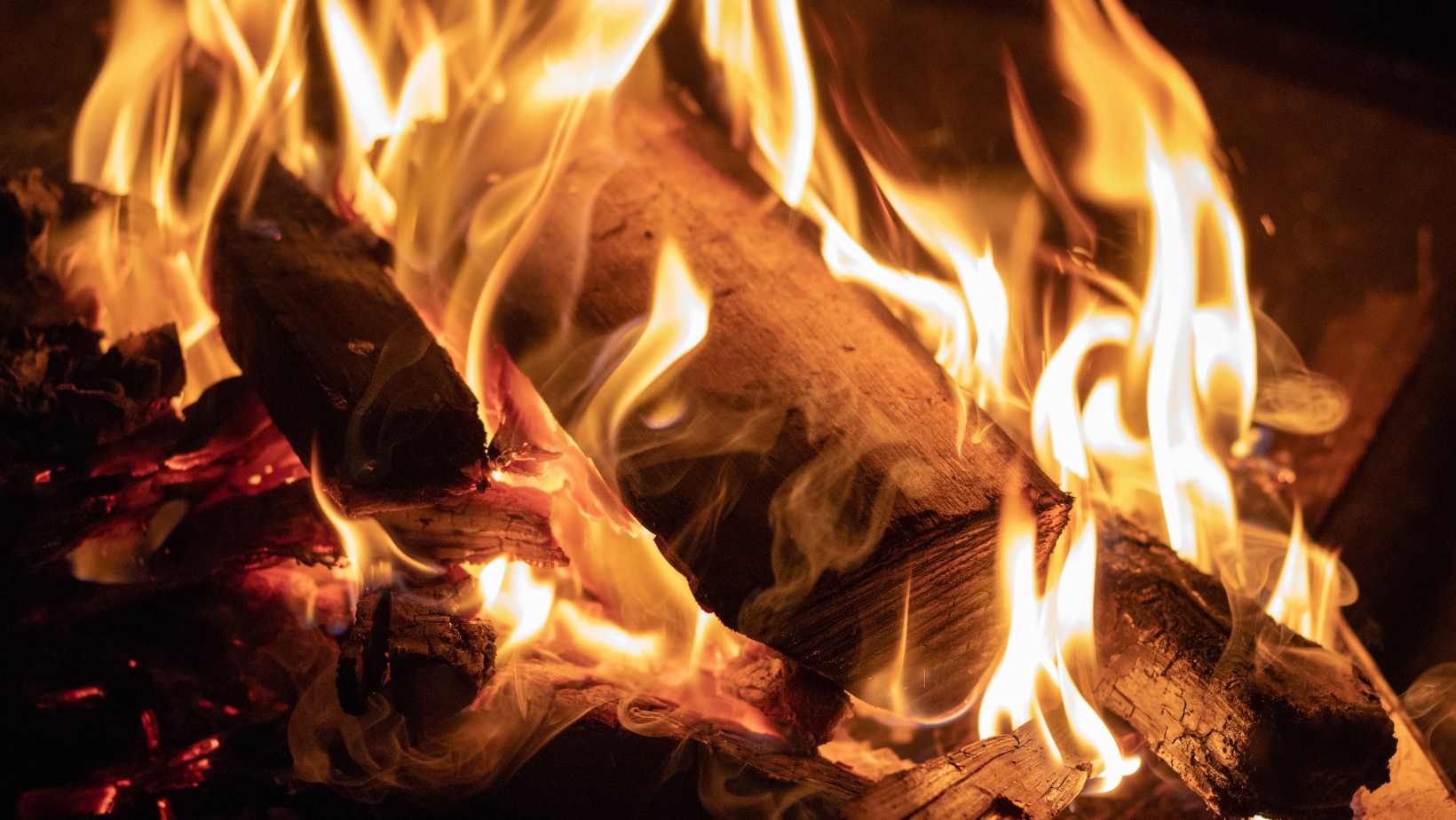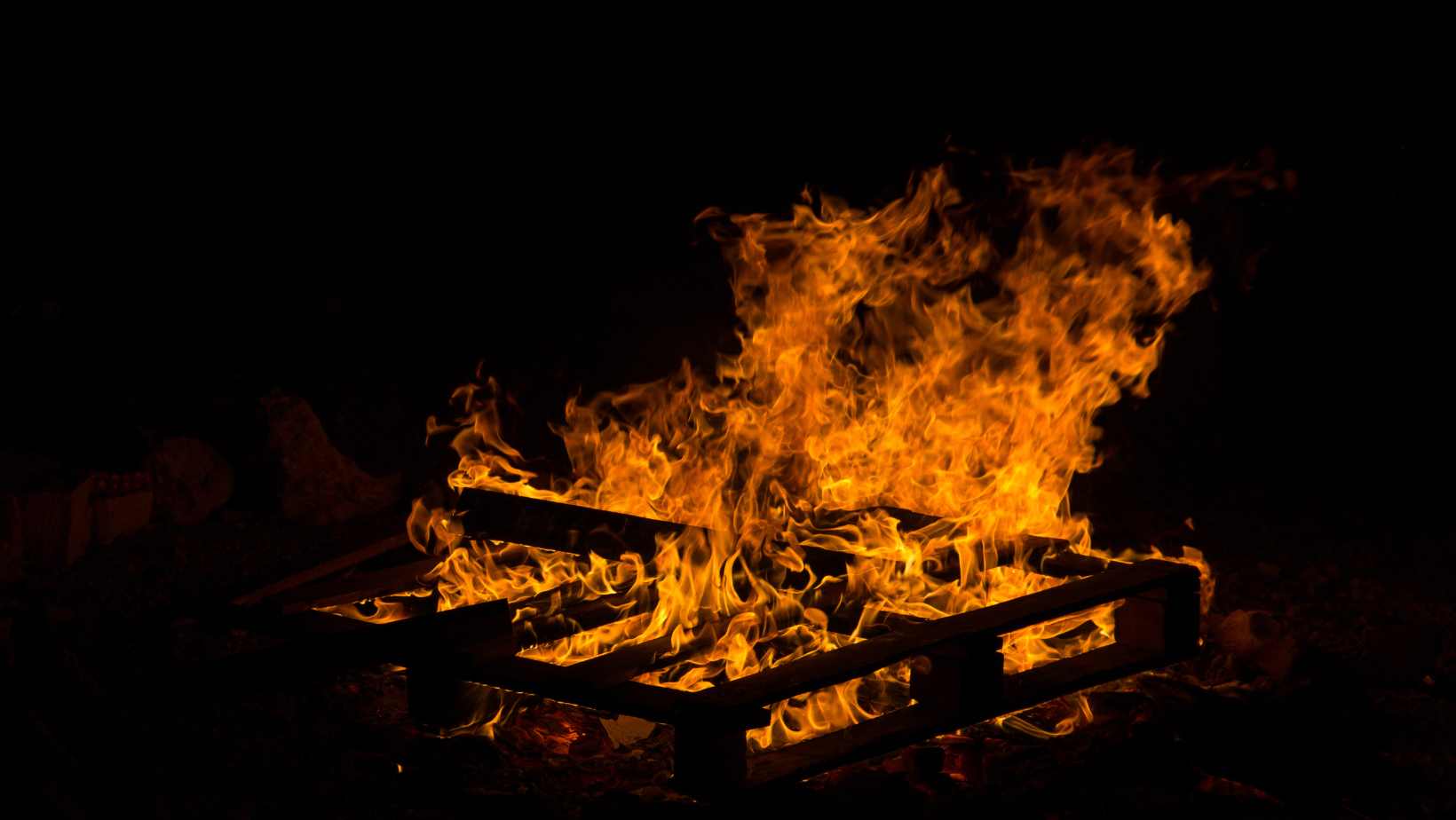
Is it Safe to Burn Lumber in Campfire
When planning a camping trip, one of the highlights for many people is enjoying a campfire. But, as you gather firewood, you might wonder if it’s safe to burn lumber in a campfire. After all, you may have some leftover scraps from a recent home improvement project or a building site.
The answer to this question depends on the type of lumber and what it has been treated with. Some lumber can release harmful toxins and chemicals when burned, harming you and the environment. Therefore, it’s essential to know the type of wood and whether or not it’s safe to burn before tossing it into your fire.
Pros and Cons of Burning Lumber in Campfires
Burning lumber in campfires is a common practice among outdoor enthusiasts. While it may seem like a convenient way to start a fire, this method has pros and cons.
Pros
- Availability: One of the biggest advantages of burning lumber in campfires is its availability. You can easily find scrap wood or fallen branches in the area, making it a readily accessible fuel source for your fire.
- Cost-effective: Compared to other fire-starting options, burning lumber is relatively cost-effective since you don’t have to spend money on fuel sources like propane or charcoal.
- Easy to start: With the right tools, starting a fire using lumber is easy. All you need is some kindling and a lighter or matches.
Cons
- Air Pollution: Burning lumber in campfires can release harmful pollutants into the air, including carbon monoxide, volatile organic compounds, and particulate matter.
- Risk of Wildfires: Burning wood in high-risk areas can increase the risk. Even if you think you have extinguished the fire completely, embers can remain and ignite nearby dry vegetation, leading to a potentially catastrophic event.
- Toxic Smoke: In addition to air pollution, burning lumber produces toxic smoke that can harm humans and animals. The smoke can cause irritations to the eyes, nose, and throat and is especially harmful to individuals with respiratory issues like asthma.
In conclusion, while burning lumber in campfires may seem like a convenient and cost-effective option, its drawbacks must be carefully considered. Before starting a fire, assessing the area and choosing the safest and most responsible method to enjoy the outdoors while protecting the environment and wildlife is important.
Safety Tips For Burning Lumber in Campfires
When building campfires, it’s important to prioritize safety above all else. Burning lumber in campfires is a common practice, but is it safe? Generally, the answer is no. However, there are some safety tips to remember if you decide to burn lumber in your campfire.
- Know What Kind of Wood You’re Burning: Before burning any type of wood, you must know what you’re dealing with. Treated, painted, or stained wood often contains chemicals that can be hazardous when burned. Even natural wood treated with preservatives or pesticides can release harmful toxins when burned.
- Burn Only Small Amounts of Lumber: Burning large amounts at once can create dangerous flames that are difficult to control. Instead, burn small amounts of lumber at a time. This will not only make your fire more manageable but will also reduce the amount of smoke and pollution that is emitted.
- Keep the Fire Contained: When burning lumber in a campfire, keeping the fire contained is important. Use a fire ring or rock circle to prevent the fire from spreading beyond its intended area. This will also minimize the risk of starting a forest fire.
- Be Mindful of Smoke: Burning lumber can produce a lot of smoke, irritating the eyes and lungs. Avoid inhaling the smoke directly by standing upwind of the fire. Keeping your distance from the fire is also a good idea to avoid breathing in too much smoke.
- Never Leave a Burning Fire Unattended: Last but not least, never leave a burning fire unattended. This is especially important when burning lumber, producing unpredictable and dangerous flames. Always ensure someone is watching the fire and have a bucket of water or sand nearby to put it out quickly if necessary.
In conclusion, burning lumber in campfires is unsafe and should be avoided. However, if you decide to burn lumber, follow these safety tips to minimize the risk of danger.
Alternative Firewood Options For Campfires
While burning lumber in a campfire may seem attractive due to its availability and affordability, it can also be hazardous to the environment and your health. Therefore, it’s advisable to consider alternative firewood options that are safe and efficient.
Here are some great alternatives to lumber you can use in your campfire:
Hardwoods
Hardwoods like oak, maple, and ash are high-density woods that burn slowly and generate more heat, making them ideal for campfires. In addition, they produce fewer sparks and less smoke than softwoods, making them safer and cleaner to burn. You can find hardwoods at most hardware or home improvement stores.
Fruitwoods
Fruitwoods like apple and cherry are great alternatives for campfires, as they burn cleanly and produce a pleasant aroma. They are also ideal for cooking over a campfire due to their slight fruity flavor. You can find fruitwoods at specialty firewood dealers or online.
Charcoal
Charcoal is another safe and efficient alternative to lumber. It’s made from hardwoods that have been burned in a low-oxygen environment, resulting in highly combustible chunks that burn hot and steady. Charcoal also produces less smoke and ash than other firewood options, making it perfect for cooking and roasting marshmallows.
Fire logs
Fire logs are a convenient and eco-friendly alternative to traditional firewood options. They’re made from compressed sawdust, wax, and natural materials and produce less smoke and ash than regular firewood. Fire logs also burn longer, making them ideal for long camping trips.
In conclusion, while lumber may seem like an easy option for campfires, it can harm you and the environment. Choosing one of these alternative firewood options will keep you safe and help preserve our natural resources.
Conclusion
Based on my research and expertise, burning lumber in a campfire is not entirely safe and may even have severe consequences. Although the allure of a campfire is enticing, it’s crucial to be mindful of the materials we use to stoke the fire. In summary, for those who were skimming, is it safe to burn lumber in campfire? The answer is NO. In this section, I’ll explain the reasons why.
Firstly, burning lumber releases toxic gases into the environment, which may harm humans. When burned, wood creates smoke that contains particles that can cause respiratory problems such as coughing, choking, and wheezing. It’s particularly harmful to children and those with medical conditions like asthma.
Secondly, using lumber in a campfire produces excessive ash which can cause environmental harm. The ash can smother the grass and other plant life it lands on, thus affecting the ecosystem in the long run.
Another factor to consider is that burning lumber may contribute to air pollution, which is detrimental to the environment. The ashes can also produce embers that can start wildfires or burn those around the fire pit.
In summary, it’s best to avoid using lumber for campfires instead of using designated firewood or logs with low emissions. Additionally, it’s always wise to check with the local authorities whether open fires are allowed in your camping area, to avoid chances of causing a wildfire.
Finally, always practice good fire safety, such as clearing the area of any debris or flammable materials, and keeping a bucket of water or sand nearby in case of emergencies.


